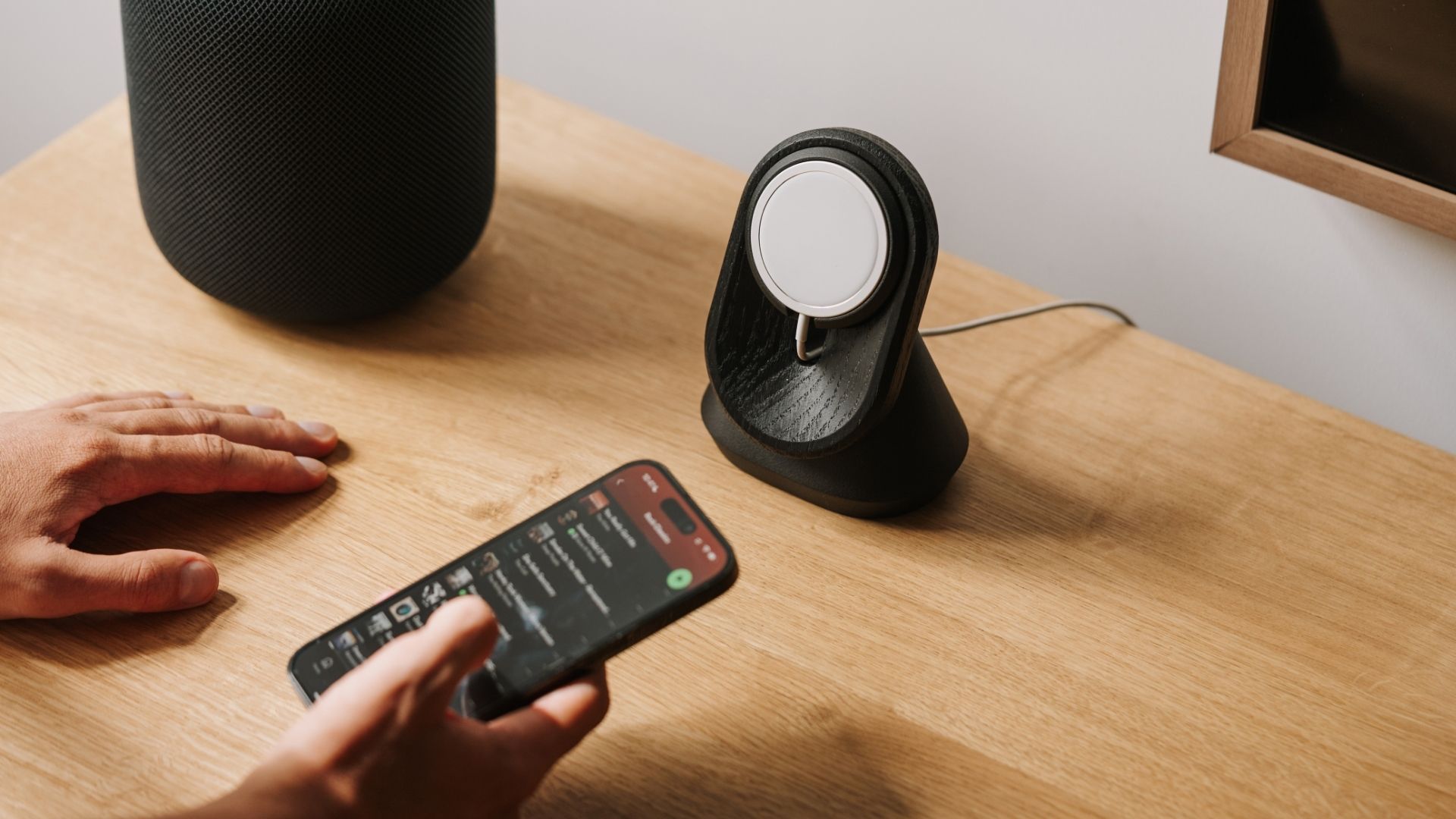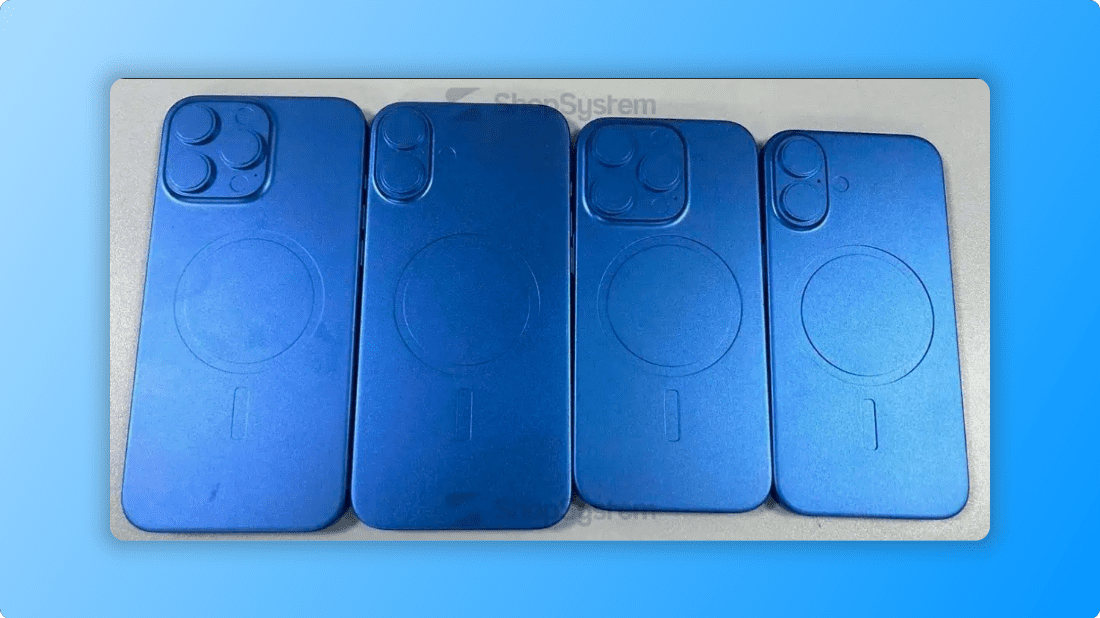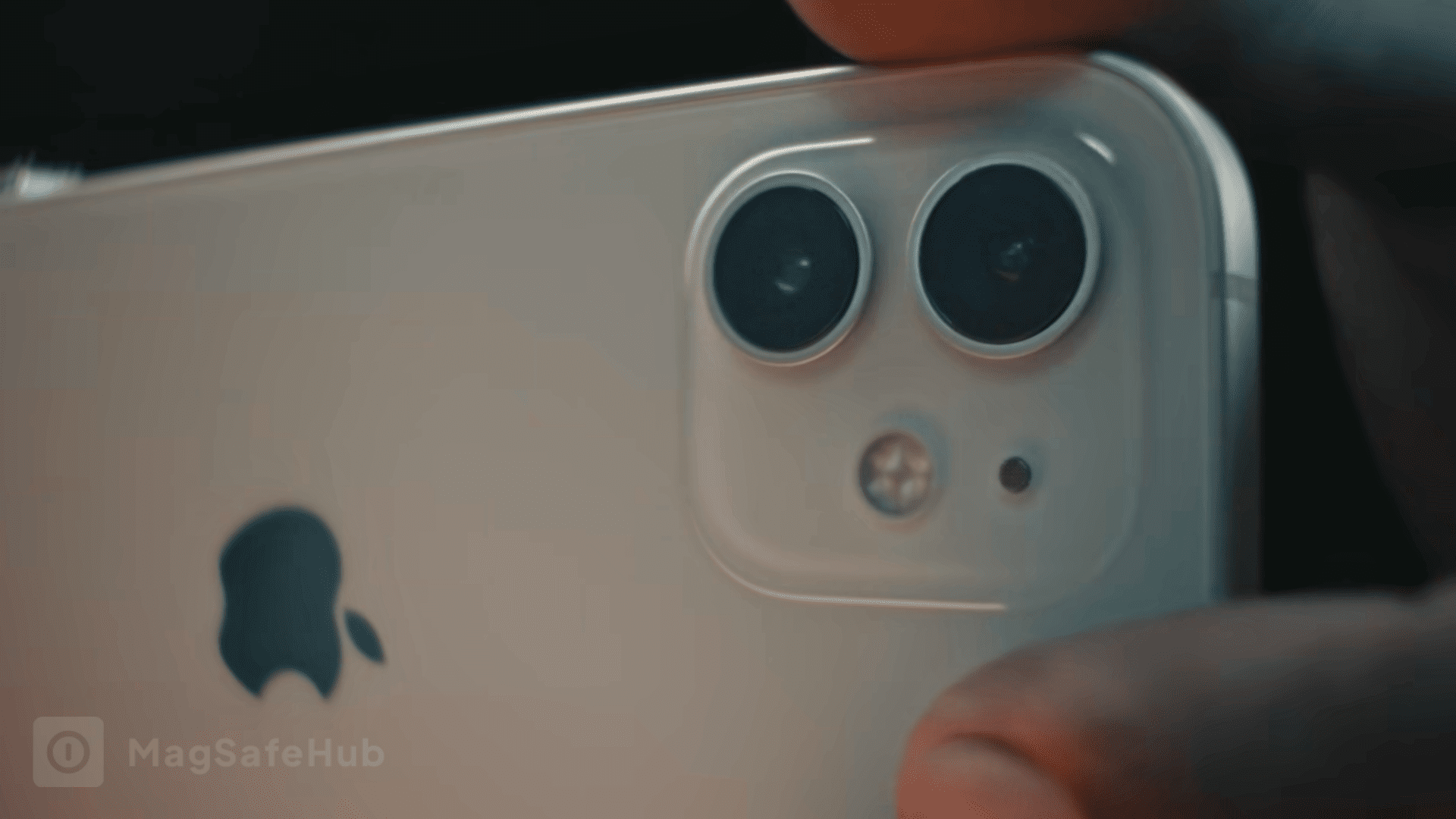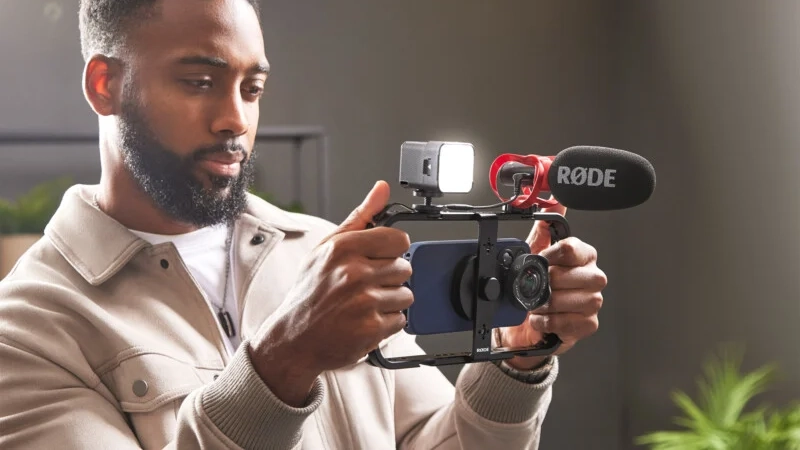In case you missed it, the newest iPhones now support something called MagSafe – Apple’s magnetic wireless charging system. It seems pretty slick at first glance. I mean, who wouldn’t want their phone to just snap into place on a wireless charger?
But with this new MagSafe tech, some questions popped up for me. Mainly…is it actually better than just using the lightning cable with a standard USB-C charger? Or is MagSafe just a gimmick?
I did some digging between the specs of MagSafe versus USB-C charging to get to the bottom of it. And as usual, the answer wasn’t black and white. There are good reasons for and against both options. Let me break it down for you…
| Criteria | MagSafe Wireless Charging | USB-C Wired Charging |
|---|---|---|
| Flexibility and Docking | Value flexibility and ease of docking/mounting | Limited to a wired connection, less flexibility |
| Charging Speed | Relatively quick charging without a cable | Fastest charging speeds possible |
| Phone Compatibility | iPhone 12 or newer | iPhone 15 or newer |
| Stability during Use | Depends on the magnetic strength | Maximum stability while using the phone when charging |
MagSafe Charges Slower Than USB-C – But Still Pretty Darn Quick
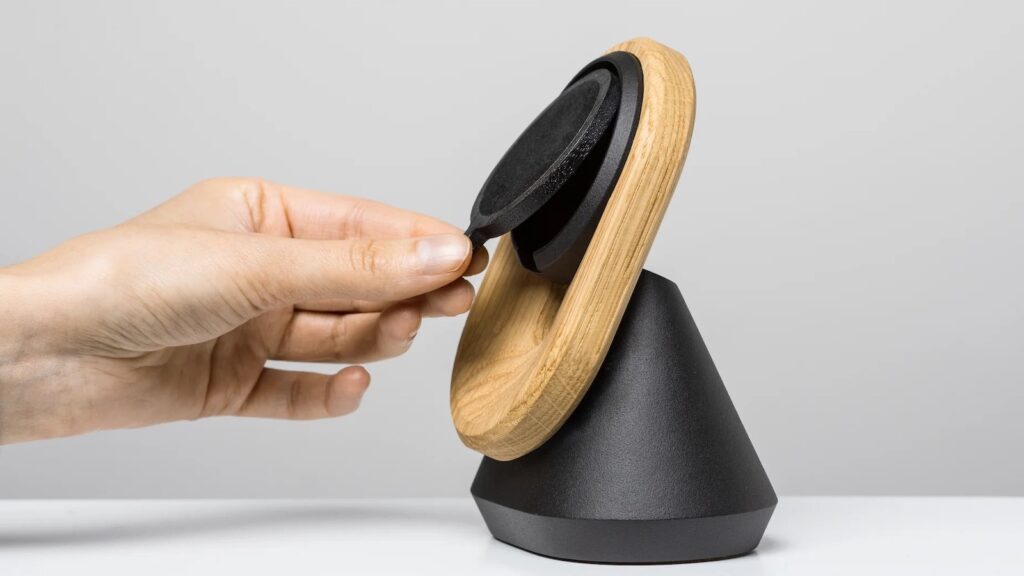
First up, charging speeds. I don’t know about you, but I want my phone juiced up as fast as possible when it’s running on empty.
Turns out, USB-C wired charging is still faster if you have one of the latest 20W USB-C power adapters. In Apple’s testing, USB-C charging could reach a full charge about 15 minutes quicker compared to MagSafe wireless charging.
That said, MagSafe is no slouch. While it maxes out at 15W wireless charging speed, that’s still almost twice as fast as “normal” 7.5W Qi wireless charging pads. So you get closer to a wired charging experience than other wireless options.
The bottom line…USB-C is fastest, but MagSafe gets the job done quicker than normal wireless. For me, MagSafe hits a nice sweet spot between wireless convenience and faster charging.
MagSafe Is More Convenient…If You Have the Right iPhone
Okay, so USB-C may be faster. But MagSafe definitely wins on convenience in some cases.
The key advantage is the magnetic alignment when placing your phone on the charger. No more fiddling around to get the phone in the right spot for charging! Just hover near the magnets and SNAP – it clicks right into the optimal spot. This makes MagSafe awesome for charging stands, car mounts, and other situations where you’re picking up and putting down your phone a lot.
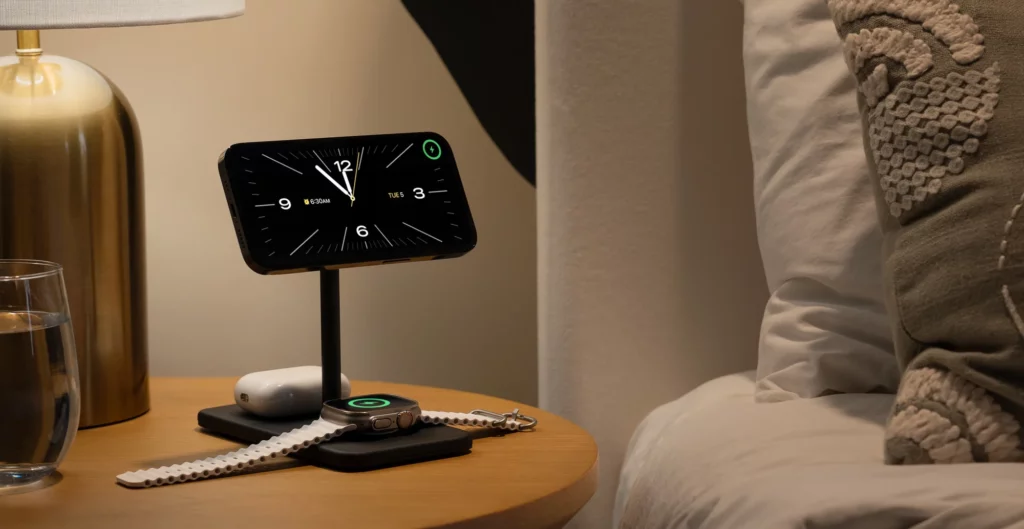
However, MagSafe does have a big limitation on compatibility. As of now, it only works on iPhone 12 and newer models. So if you’re rocking an iPhone 11 or older, you’re stuck using a Lightning cable.
And for iPhone 15 owners, a USB-C cable may still be more reliable in certain use cases. For example, if you need to use your phone while charging in the car, that solid physical cable connection keeps things stable as the car bounces around. Versus MagSafe which could lose connection.
So MagSafe is more convenient…but only if you have one of the latest iPhones.
The Move to USB-C iPhones Improves Compatibility
As I’m sure you’ve heard that the iPhone 15 onwards will ditch the old Lightning cable in favor for a full USB-C connector. This is quite a drastic move, but I’m all for it.
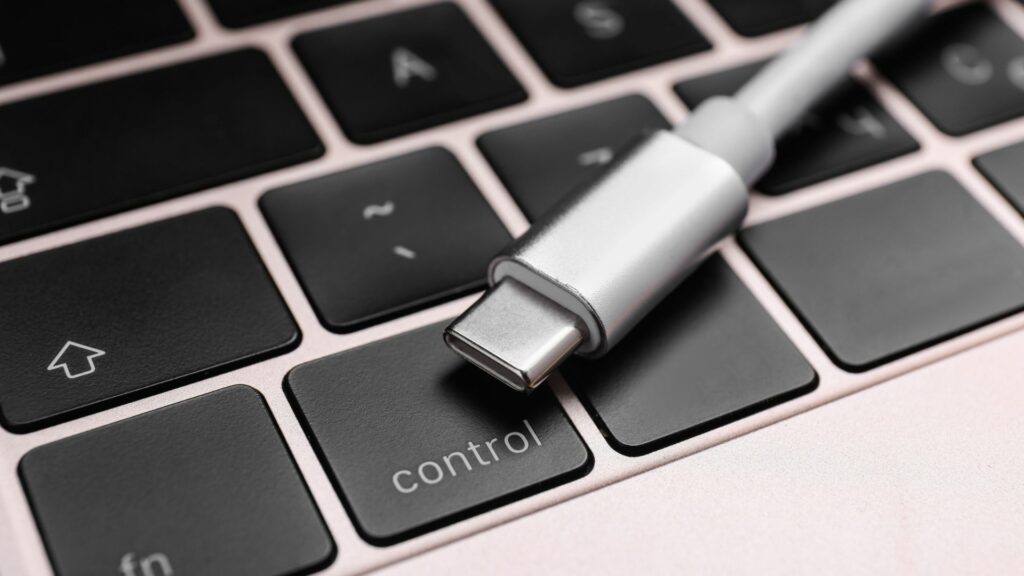
Having USB-C ports match between iPhones, iPads, MacBooks and more means you can use the same cables, chargers, and accessories across all devices. Way more convenient than carrying separate Lightning and USB-C gear!
The move also brings faster wired data transfer and connectivity options missing from Lightning. Things like external monitor support, faster data transfers to cameras and storage devices, and better integration with USB-C accessories.
While MagSafe will surely stick around in future iPhone models, the switch to USB-C ports makes wired charging and connectivity way more versatile.
The Verdict? MagSafe for Flexibility, USB-C for Speed
At the end of the day, neither MagSafe nor USB-C is definitively “better” than the other for iPhone charging. Each has strengths and weaknesses that come down to your priorities:
Go with MagSafe wireless charging if you:
- Value flexibility and ease of docking/mounting your phone in different spots
- Still want relatively quick charging without a cable
- Have an iPhone 12 or newer
Stick with USB-C wired charging if you:
- Simply want the fastest charging speeds possible
- Need maximum stability while using the phone when charging
For me, I really like the convenience of MagSafe for charging on my nightstand and desk without dealing with cables. But I still keep a USB-C iPhone cable in my travel bag for times when I need rapid charging on the go.
The best approach is probably to have both MagSafe and USB-C charging options handy for different situations. And the upcoming transition to USB-C iPhones should only make things smoother no matter which method you use.
I hope this overview gives you a better idea of MagSafe versus USB-C iPhone charging tradeoffs.
